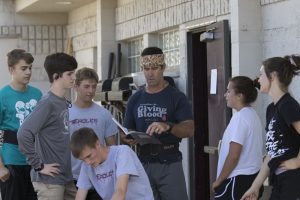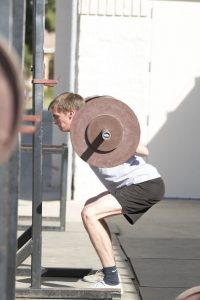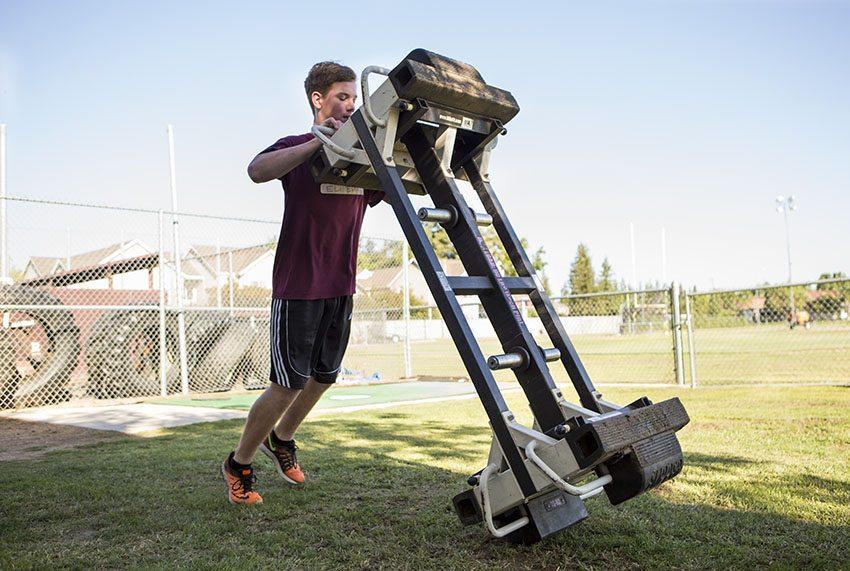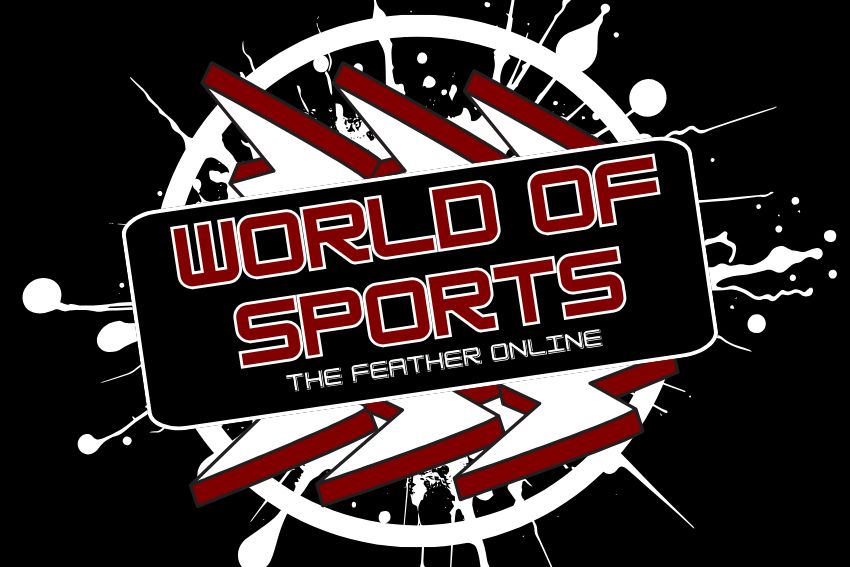Words You Should Know When You Train
My previous posts have focused more on philosophical and theoretical aspects of training and exercise. Theory and ideas are important, but sometimes it’s good just to talk about practical matters. As in every other human activity, strength training has its own vocabulary or jargon–special words or phrases used in the gym that may be obscure to those not familiar with that environment.
I am grouping these terms into two categories that I’m calling “words we like to hear” and “words we don’t like to hear”. Words in the first category are descriptive of neutral or positive aspects of lifting. The 2nd group aren’t actually bad in a value sense, but they refer to negative or undesirable actions or effects or their impacts on training.

Words We Like to Hear
Novice–the early phase of training when you can make improvement by adding weight to the bar every time you lift. The longer the lifter is able to remain in the novice phase while continuing to add weight to the lifts every workout, the stronger she is likely to become.
LP/Linear Progression–the process of continuing to add weight incrementally and make progress on your lifts each time you train
PR/Personal Record— When you perform a lift at a weight or for a certain number of reps and/or sets that you have never done before
Extension–making a joint, such as the elbow or the hips straight. In the case of multiple joints like in the spine, aligning the joints in more or less straight line
Squeeze—isometrically contracting the muscles around a joint to hold the joint stiff, such as the spine erector muscles or the trapezius and other shoulder muscles around the scapulas
Rep–the completed movement from start to finish of a particular lift
Set–a grouping of reps of a particular lift
Alternate grip–holding the bar with one hand pronated and one hand supinated, used for heavy deadlifts (also called mixed grip)
Hook grip–holding the bar with both hands pronated and the index and middle fingers wrapped over the thumb, used for heavy deadlifts
Cue–a word or short phrase used as a prompt or reminder during a lift (cues may also be tactile–touching a particular body part as a reminder of how to focus on that part during the movement)
Multi-joint–a movement that incorporates the flexion and/or extension of more than one joint together (examples include squat, deadlift, bench press, overhead press, power clean, chinups)
Kinetic chain–all the muscles, connective tissue and joints involved in a particular movement, from the extending from the point where force originates to where it is applied.
Thick–the state of being well-muscled and obviously strong. In the context of the FC Barbell Club it is considered a compliment of the highest order. (also spelled THICC)
Grind–to push through a really difficult rep or set. The act of forcing yourself to finish something that is very hard
Lift-off–assisting the lifter to to unrack the bar at the beginning of the bench press
Stress–the input that disrupts the state of homeostasis of the lifter and stimulates the adaptive response. Stress can be achieved either through intensity (weight on the bar) or volume (# of reps)

Words We Don’t Like to Hear
Crash–what happens when you don’t get the bar back to the rack properly, you miss the hooks and the bar, the weights and maybe even you drop to the floor in a horrendous twisted pile of iron and flesh
Miss–when you don’t complete a rep that you intended to do
Miss high–when you don’t get to proper depth in a squat or bench press rep
Flexion–bending a joint. For certain joints, such as in the spine, if this happens when the joint is under load, such as allowing your lumbar spine (low back) to round during a deadlift, it can produce injury
High bar–positioning the bar on your upper trapezius and keeping the torso near vertical when you squat (this not actually bad in the sense of value, but it is not part of the movement model we use for squatting at FC)
Kipping–kicking your legs and whipping your body like a snake in order to finish a chin-up
Knee slide–allowing the knees to travel past the front of the toes which occurs when the the lifter shifts the weight forward of the midfoot during the upward movement portion of the squat
Isolation–a movement that involves working only a single joint in either flexion or extension (examples include hamstring curls, knee extensions, dumbbell bicep curls)
Tweak–a minor pull, strain or irritation of the muscles or connective tissue near a joint (eg. a “tweaked back”)
Students learn these terms as they participate in the FC barbell club or in the S&C pe classes. They can use the terminology to refine their own form and give helpful feedback for their fellow lifters. This knowledge and its application to self improvement and to aiding their peers helps them become more functional humans.
To see the first blog of this series read: Functional Human blog, No. 1
To see the latest blog of this series read: Functional Human blog, No. 2 – Exercise







connor jens • Oct 4, 2018 at 9:16 am
thicc article !
Cohl Obwald • Oct 4, 2018 at 9:15 am
Great job coach! It’s very helpful to be reminded of all the terminology sometimes.